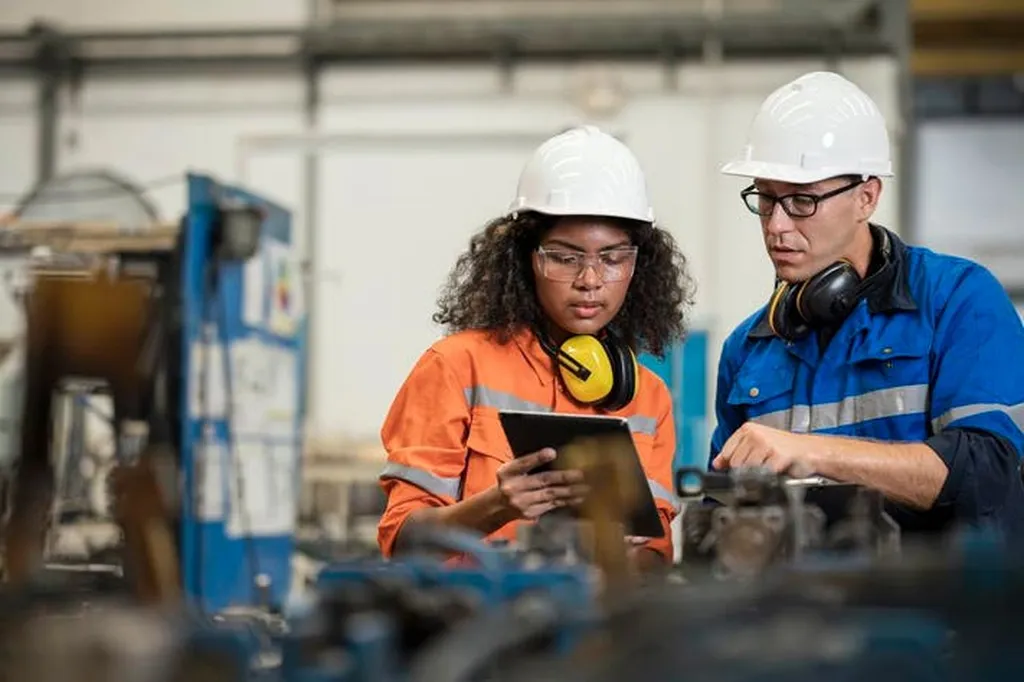The Thai construction sector stands at a crossroads, grappling with a confluence of crises that demand urgent attention and innovative solutions. Structural inefficiencies, escalating costs, liquidity challenges, and the pressing need to align with sustainability trends are forcing contractors to rethink their strategies and embrace change. The sector’s labor productivity, stagnant at a mere 2.7% compound annual growth rate over the past decade, lags behind other service sectors, signaling a critical need for transformation.
**A Productivity Paradox**
The construction industry’s productivity woes are multifaceted. Challenges in business operations, including income limitations, project acceptance, and cost management, are exacerbating liquidity issues. Meanwhile, the demand for sustainable buildings—certified for environmental friendliness, user well-being, and smart capabilities—is putting pressure on contractors to upgrade their capabilities to meet the evolving demands of real estate developers and project employers.
**Technology as a Catalyst for Change**
The adoption of technology emerges as a beacon of hope, offering a pathway to increased productivity and enhanced competitiveness. Large and medium-sized contractors are already leveraging design and construction software, prefabricated construction technology, and B2B/B2C intermediary platforms. Pioneering firms are integrating Building Information Modeling (BIM) and 3D printing into their workflows, while artificial intelligence (AI) is being explored for design processes, data analysis, weather planning, and hazard prevention.
For medium and small contractors, the path to competitiveness lies in accelerating the adoption of BIM. However, this transition requires significant investment in technology and the development of skilled labor. The initial hurdles are substantial, but the long-term benefits—enhanced efficiency, reduced costs, and improved project outcomes—are compelling.
**Partnerships for Progress**
Collaboration with foreign contractors, particularly those from the United States, Germany, and Japan, offers a strategic advantage. These partnerships facilitate technology transfer and build confidence among real estate developers and project employers. The recent earthquake in Bangkok on March 28, 2025, underscores the importance of advanced construction technologies that can withstand natural disasters. By partnering with international experts, Thai contractors can enhance their capabilities and contribute to safer, more resilient infrastructure.
**Government Support: A Necessary Catalyst**
The government plays a pivotal role in fostering technological adoption within the construction sector. Setting standards for BIM usage in high-value government projects, reducing corporate income tax, and providing financial support for medium and small contractors investing in BIM technology are crucial steps. Additionally, promoting research and development in emerging technologies—such as 3D printing, AI, automated equipment, drones, sensors, smart wearables, and environmentally friendly construction technologies—can drive down production costs and make these innovations more accessible.
**A Call to Action**
The Thai construction sector is at a critical juncture. Embracing technology, forging strategic partnerships, and advocating for government support are essential steps toward overcoming the industry’s challenges. The path forward is clear: by investing in innovation and collaboration, Thai contractors can transform the sector, enhance productivity, and meet the demands of a rapidly evolving market. The future of construction in Thailand hinges on the industry’s ability to adapt, innovate, and build a sustainable, resilient, and technologically advanced infrastructure for generations to come.

